Can You Really Charge Phones Wirelessly? Here’s What You Need to Know

Tired of tangled cords and hunting for the right charger? Imagine being able to simply place your phone on a pad or stand and watch it power up—no cables, no hassle. Wireless charging isn’t just a futuristic idea anymore; it’s becoming the standard for smartphones around the world.
In fact, the global wireless charging market is projected to surge from over $6 billion in 2018 to more than $40 billion by 2027, driven by faster, smarter charging technologies like inductive charging and Qi2.
If you’re curious about how wireless charging works, which phones support it, and how to get the fastest, safest charge, this guide is for you. We’ll break down everything you need to know, including practical tips, safety considerations, and the latest charging solutions—so you can keep your devices powered anywhere, anytime, without ever fumbling with a cable.
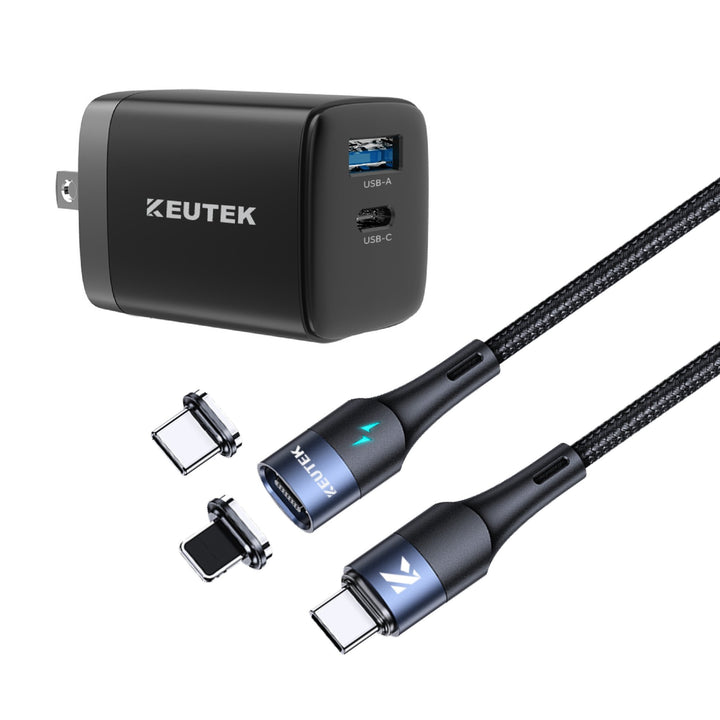
Fast Charging Cable + Wall Charger Bundle
Crafted for heavy everyday use. Fast charges all Apple and Android devices. Charges up to 50% from 0% in 20 minutes. Automatic shutoff protects your device from overcharging.
Shop NowWhat Is Wireless Charging — A Simple Explanation
Wireless charging is exactly what it sounds like: powering your phone, earbuds, or smartwatch without plugging in a cable. Instead of connecting a cord to your device, you place it on a charging pad or stand, and energy transfers wirelessly—thanks to electromagnetic fields.
How It Works in Simple Terms
Inside both your phone and the wireless charger are coils.
The charger generates a magnetic field, which the phone’s coil converts into electricity.
That electricity charges your battery—cable-free, hassle-free.
Why People Love It
No more tangled cords: Drop your phone on the pad and forget about it.
Less wear on ports: Frequent plugging and unplugging can damage your phone over time.
Multi-device charging: Many modern pads can charge your phone, earbuds, and smartwatch simultaneously.
Modern Wireless Charging: Fast & Smart
The latest Qi2-enabled devices can wirelessly charge at speeds up to 25W, almost matching traditional wired charging. KEUTEK’s wireless chargers are Qi and Qi2 compatible, delivering fast, reliable, and safe charging wherever you go.
Pro Tip: For the best experience, place your device centered on the pad, remove thick cases, and use a high-quality charger like KEUTEK’s wireless solutions.

How to Use a Wireless Charger Properly
Wireless charging is simple, but using it correctly can make a big difference in speed, safety, and battery health. Follow these steps to get the most out of your charger:
Choose the Right Charger
Not all wireless chargers are created equal. Look for:
Qi or Qi2-certified pads for safety and compatibility
Fast charging support (up to 15–25W for modern devices)
Reliable brands like KEUTEK, which offer smart temperature control and overcharge protection
Connect Your Charger to a Power Source
Plug your pad or stand into a quality wall adapter (wattage matters!)
For fastest charging, use KEUTEK ProSeries Max USB-C cables or a high-quality adapter
Place Your Device Correctly
Align your phone’s charging coil with the pad’s coil
Avoid thick or metal cases that block energy transfer
Some chargers (like KEUTEK’s stands) allow vertical placement for hands-free use
Keep It Cool
Wireless charging generates heat, which can affect battery life
Make sure your device is on a flat, well-ventilated surface
KEUTEK chargers have smart temperature regulation to protect your devices
Avoid Constant Overcharging
Most Qi-certified chargers stop charging automatically at 100%
Avoid leaving your phone on the pad for hours after it’s fully charged
Pro Tip: For fast, safe, and hassle-free charging anywhere, KEUTEK wireless chargers combine speed, safety features, and sleek design. Whether at home, the office, or on the go, they’re a reliable choice for all your devices.
Shop KEUTEK Wireless Chargers →
How Wireless Charging Works (With Inductive Charging)
Wireless charging works through the use of inductive charging. When this happens, an electromagnetic field is created by the electrical current that connects between two coils. The power passes through this current and charges your phone.
This process is also referred to as electromagnetic induction.
When your mobile device’s magnetic plate, or receiver, comes into contact with the powering transmitter, or within its range, the magnetic field creates an electric current that occurs within your device.
After this, your device or attached receiver turns the current into a DC (direct current), which then charges your phone’s built-in battery. his is how wireless charging works—by creating an electromagnetic field that your device's receiver uses to generate power. Many refer to this process as electromagnetic induction, and it's the same principle used in many magnetic chargers available today.

The Wireless Charging Standard
Like with many technologies, there is a standard put in place for wireless charging. The main one used is Qi wireless charging (Qi is pronounced chee). This is a standard that the WPC, or Wireless Power Consortium.
This standard applies to inductive charging that can work within a distance of 40 mm. Qi is the standard used in all KEUTEK wireless chargers.
Many major smartphone manufacturers have adopted this standard. These companies include Blackberry, Motorola, Nokia (HMD), Huawei, HTC, LG, Sony, Apple, and Samsung.
This means that phones such as the Samsung Galaxy and the Galaxy S10 have wireless charging capabilities.
There’s another wireless charging standard, Powermat. This was used by retailers, for example, Starbucks, so that customers would be able to charge their phones while in their stores.
However, Powermat became less popular as compared to the Qi standard, so in 2018, Powermat changed its charging technology so that it would be Qi-compatible.
Power Specifications
There are three different power specifications with Qi, which impact charging speeds and charging capability. The first is low power, which is what’s usually used with mobile devices. The minimum wattage for this charging speed is 5 watts.
However, there is support within different handsets for 7.5, 10, and 15 watts.
Additionally, some newer versions support 30 watts. Keep in mind too that some companies will provide other options so you can charge your phone even faster.

Who Can You Buy Wireless Charging Mats and Wireless Charging Pads From?
Many companies now make wireless charging mats and wireless charging pads. These include Mophile, Moshi, Logitech, Anker and KEUTEK. There’s no need for you to go directly through your phone manufacturer when you have these additional options.
Keep in mind that some of these companies will make models that look more like desk stands, while others will sell ones that are like pads or mats.
Additionally, there are many different places where you can now find wireless charging. Ikea, for example, has furniture options such as lamps and tables that have built-in Qi wireless charging.
Through Ikea, you can also buy phone cases with wireless charging technology as well as simple standalone pads.
Many third-party companies have created mats that can charge all your Apple devices at once, such as your AirPods, Apple Watch, and iPhone.

What About Charging Your Phone in Your Car?
Even though it’s mostly common in top range models, it is becoming more popular for cars to have wireless charging capabilities. Some manufacturers that often include it are Volvo, Toyota, Peugeot, Mercedes-Benz, Honda, Ford, BMW, and Audi (including WV).
Can You Charge Your Smartphone Wirelessly?
Phones with wireless charging capabilities include:
- Apple: 13 Pro Max, 13 Pro, 13, 13 Mini, 12 Pro Max, 12 Pro, 12, 12 Mini, SE 2020, 11 Pro Max, 11 Pro, 11, XS Max, XS, XR, 8, 8 Plus
- Blackberry: Priv (and more)
- Google: Pixel 4 XL, Pixel 4, Pixel 3 XL, Pixel 3
- LG: Velvet, G8 ThinQ, G7 ThinQ, V30 (and more)
- Motorola: Edge+, X Force, Droid Turbo 2, Moto Maxx
- Nexus: Nexus 6, Nexus 5
- Nokia: 9.3 PureView, 9 PureView, 8 Sirocco
- OnePlus: 8 Pro
- Samsung Galaxy: S21 Ultra, S21 Plus, S21, Z Fold 2 5G, Z Flip 5G, Note 20 Ultra, Note 20, S20 FE, S20 Ultra, S20 Plus, S20, Z Flip, Note 10 Plus 5G, Note 10 Plus, Note 10, S10 5G, S10 Plus, S10, S10e, Note 9, S9, S9+, Note 8, S8, S8+, S7, S7+ (and more)
- Sony: Xperia 1 II, Xperia 10 II, Xperia XZ3, Xperia XZ2 Premium, Xperia XZ2 (and more)
However, additional phones with these capabilities are coming out all the time. Additionally, you may be able to attach a receiver so that your phone can charge wirelessly even if it isn’t designed to.
How Do I Know if My Phone Supports Wireless Charging?
Not all phones support wireless charging, but many newer models do. An easy way to check is by looking up your phone's specs or visiting the manufacturer’s website. Generally, phones like the iPhone 8 or later, Samsung Galaxy S6 and up, and Google Pixel 3+ have built-in support. If your phone doesn't support it, you can often add a wireless charging receiver that connects to your charging port and sits under your phone case.
Wireless Charging: The Advantages
Advantages to wireless charging include safety, simplicity, less strain on your phone’s charging port, and having charging availability in many areas. Let’s review each of these in detail so you can decide if this is the right choice for you.
Safety
When you plug your phone into a wall, there’s always a chance that you could electrocute yourself. Additionally, if there are any issues with your cable (it’s frayed, for example), this creates more safety hazards. You don’t have to worry about this with wireless charging.
Simplicity
When you have a charging mat or pad in your home, all you have to do is simply drop your phone on it and it will charge. You don’t have to worry about finding your charger or the best place to plug it into anymore.
Less Strain
If you’ve owned a phone for a long time, you know that you can sometimes wear away the charging port by plugging it in too often. This leads to frustrating issues such as your phone not charging properly. This isn’t an issue with wireless charging.
Charging Availability
Given how popular wireless charging is becoming, many retailers are now providing it to customers. If you’ve left your charger at home, you can easily charge your phone in many places, which can be useful if you’re always on the go.
Wireless Charging: The Disadvantages
The disadvantages of wireless charging include a slower speed, you can’t use your phone while it charges, and not all phones have support for this technology. Let’s review each of these now so you can decide on whether to make the switch.
Slower Speed
Wireless charging won’t charge your phone up as quickly as plugging it directly into power. This is especially the case if your phone has Quick Charge technology. If you’re often in a rush, this charing choice might only be best to use at home when you’re sleeping.
Limits Your Phone Use
Because you have to leave the phone on the charging pad when it’s charging, you won’t be able to use it. By picking it up, you’ll be taking it off the charging area. When your phone is plugged into a wall, you’re still free to use your phone as long as you can reach it.
Not All Phones Have Support
Not all phones have support for wireless charging. Even though some phones can have a receiver attached, not all will have this capability. And even if they do, carrying the receiver around with you is just as inconvenient as carrying a physical charger with you.
Unless you’re planning on buying a new phone sometime soon, buying a new phone only so you can wirelessly charge it is a big investment for a minor reason.
However, as wireless charging becomes more popular and charing pads being to appear in many areas, it might be worth making the switch.

Fast Charging Cable + Wall Charger Bundle
Crafted for heavy everyday use. Fast charges all Apple and Android devices. Charges up to 50% from 0% in 20 minutes. Automatic shutoff protects your device from overcharging.
Shop NowNeed More Information?
Now that you’ve learned about inductive charging and how you can charge your phone wirelessly, you might need more information. Maybe you want to learn about other types of charging technology or about which charger is the best for you if you’re making a switch.
Whatever information you need, we can help. At KEUTEK, we’re experts when it comes to chargers.
We can help you find answers to any questions you may have. We also have a large selection of charger products. To learn more about how we can help you, contact us now.
Go Wireless and Stay Powered Anywhere
Wireless charging makes life simpler, cleaner, and more convenient. From fast Qi2 charging at your desk to multi-device setups for travel or home, the right charger keeps your devices powered without the clutter of cords.
By understanding how wireless charging works, proper usage techniques, and safety best practices, you can get the most out of your devices while protecting battery health. With certified chargers like KEUTEK’s wireless pads and stands, you get fast, reliable, and safe charging wherever you go—at home, at work, or on the move.
Ready to cut the cords? Upgrade your charging experience today with KEUTEK’s wireless solutions:
Shop KEUTEK Wireless Chargers →
Frequently Asked Questions:
Is wireless charging bad for battery?
Not necessarily. While it may generate more heat than wired charging, most modern wireless chargers are designed to prevent overheating. Using a Qi-certified charger helps ensure your battery stays protected.
How do you enable wireless charging?
Most phones that support wireless charging enable it by default. Simply place the phone on a compatible pad. If your phone doesn’t charge, check your case or ensure your device is centered on the pad. Older phones may require an external receiver.
Why won't my phone charge on a wireless charger?
It could be due to alignment issues, a non-Qi-compatible charger, or interference from your phone case. Also, make sure your phone actually supports wireless charging.
Does wireless charging work with all phone cases?
Not all phone cases are compatible with wireless charging. Thick cases, metal-backed cases, or cases with built-in magnets can interfere with the connection. For the best results, use a case specifically labeled as wireless charging compatible or remove the case before charging.
Is magnetic charging the same as wireless charging?
Magnetic charging is a type of wireless charging that uses magnets to align your phone with the charging pad for optimal placement. While all magnetic chargers are wireless, not all wireless chargers use magnets. Brands like Apple’s MagSafe are examples of magnetic wireless charging systems.


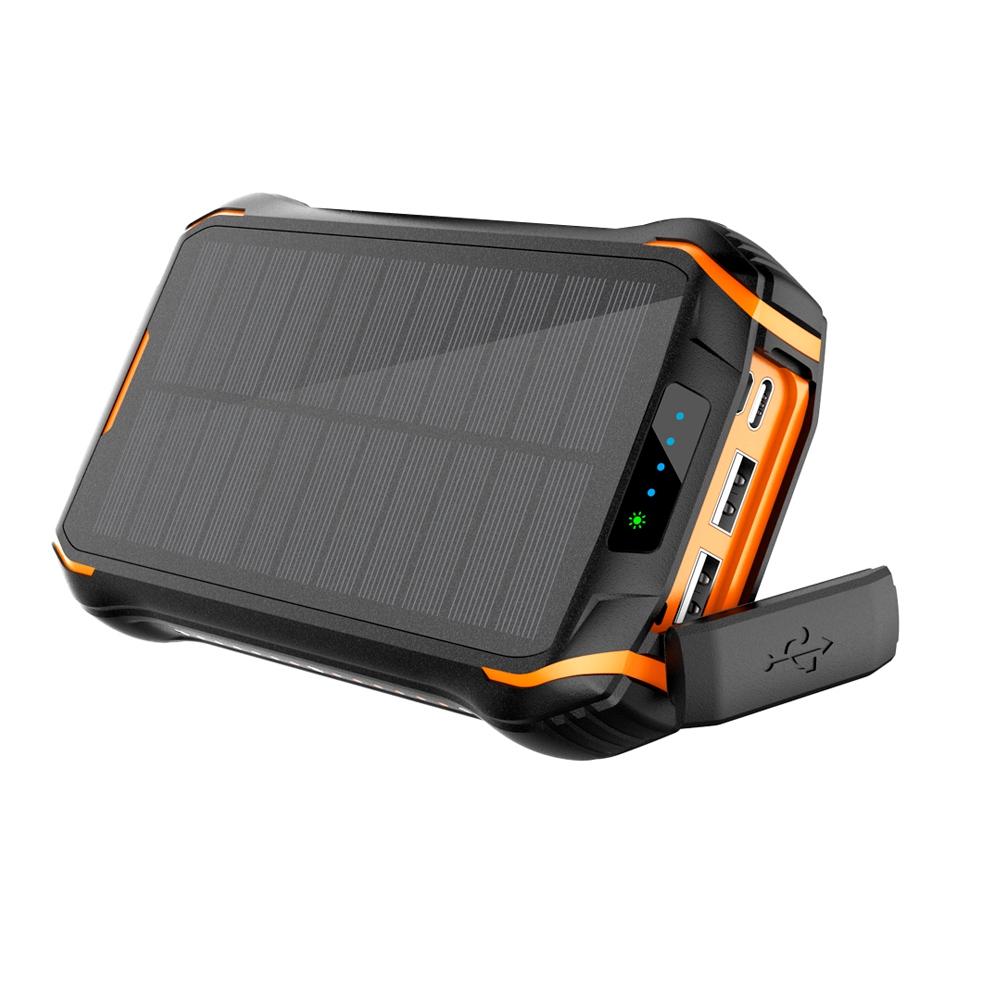
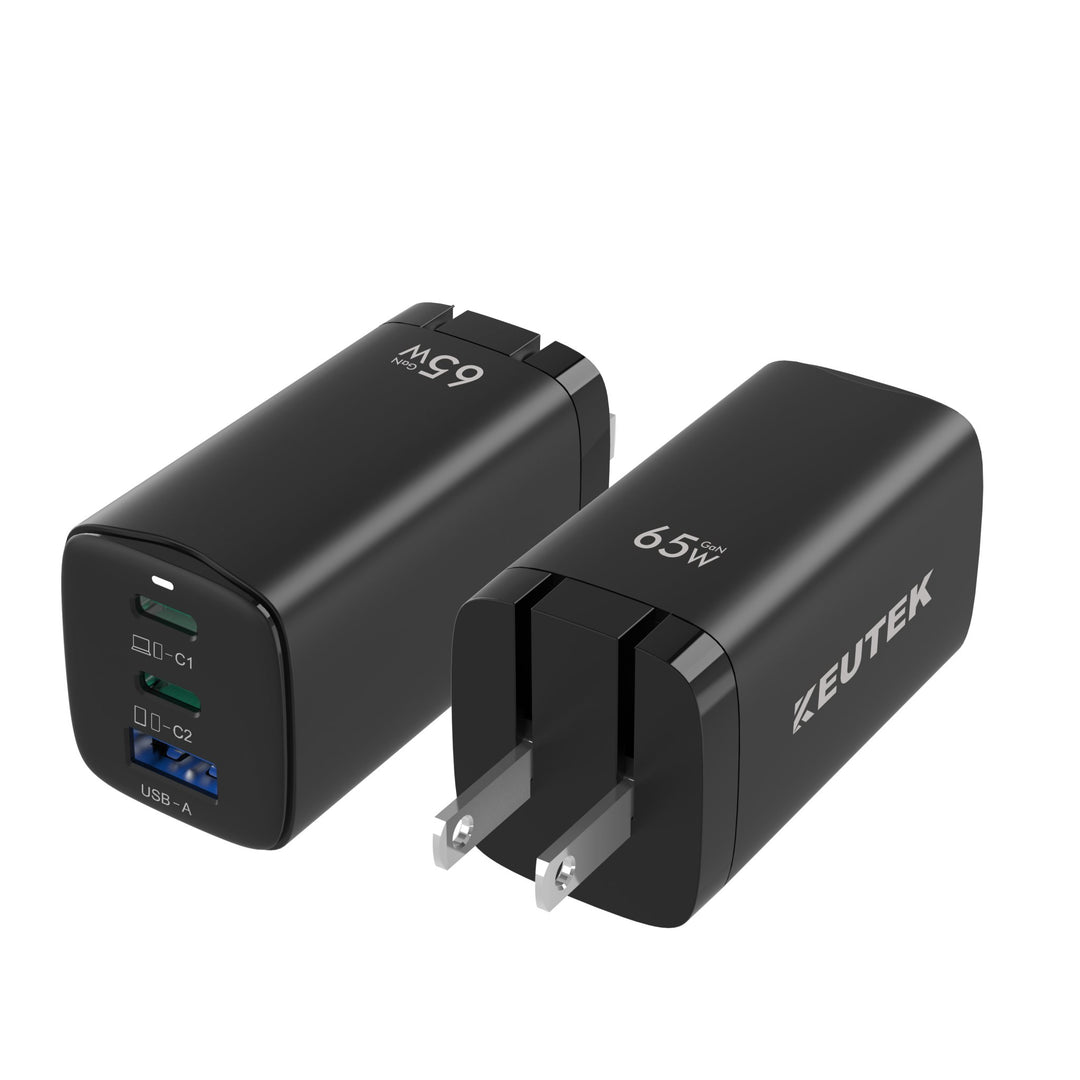

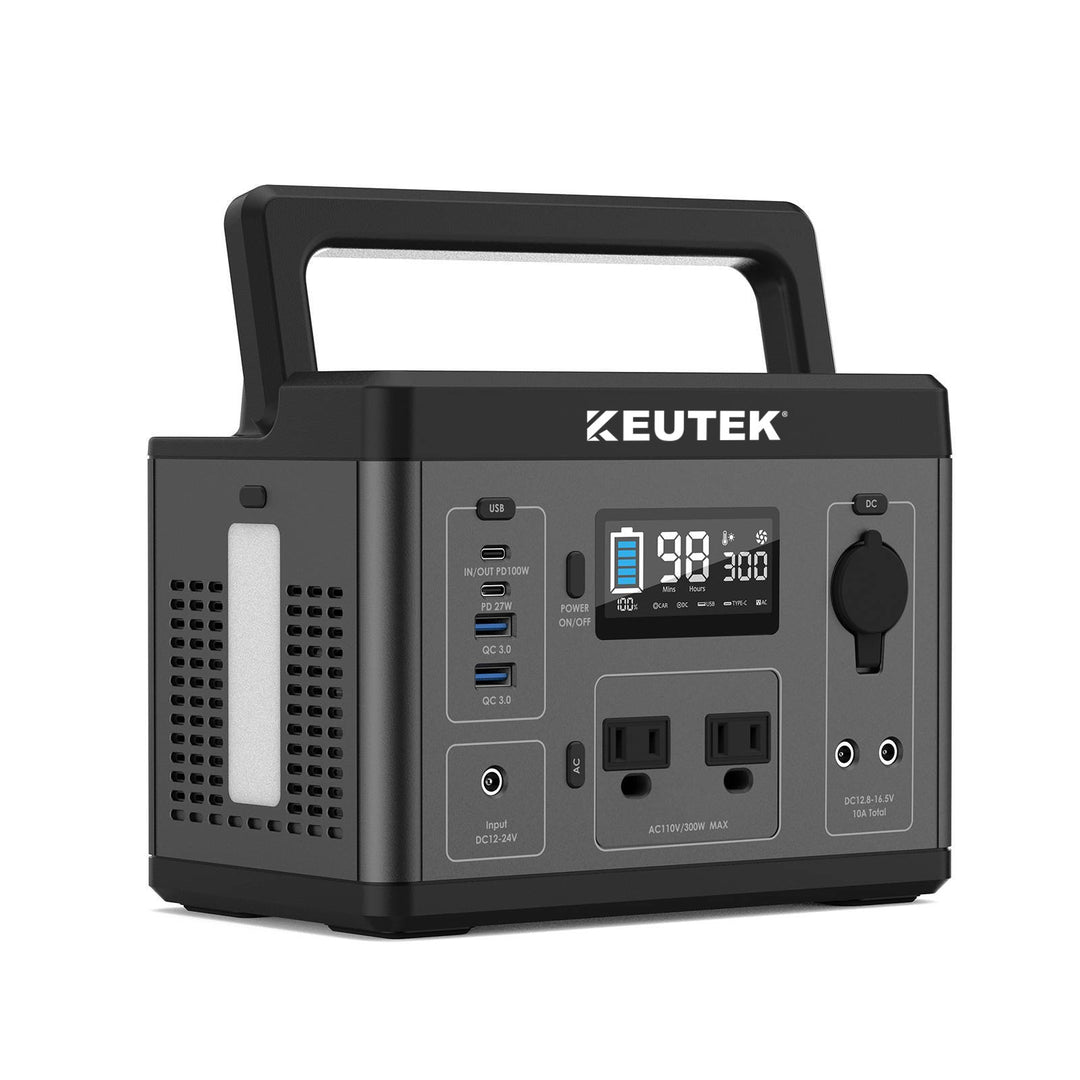
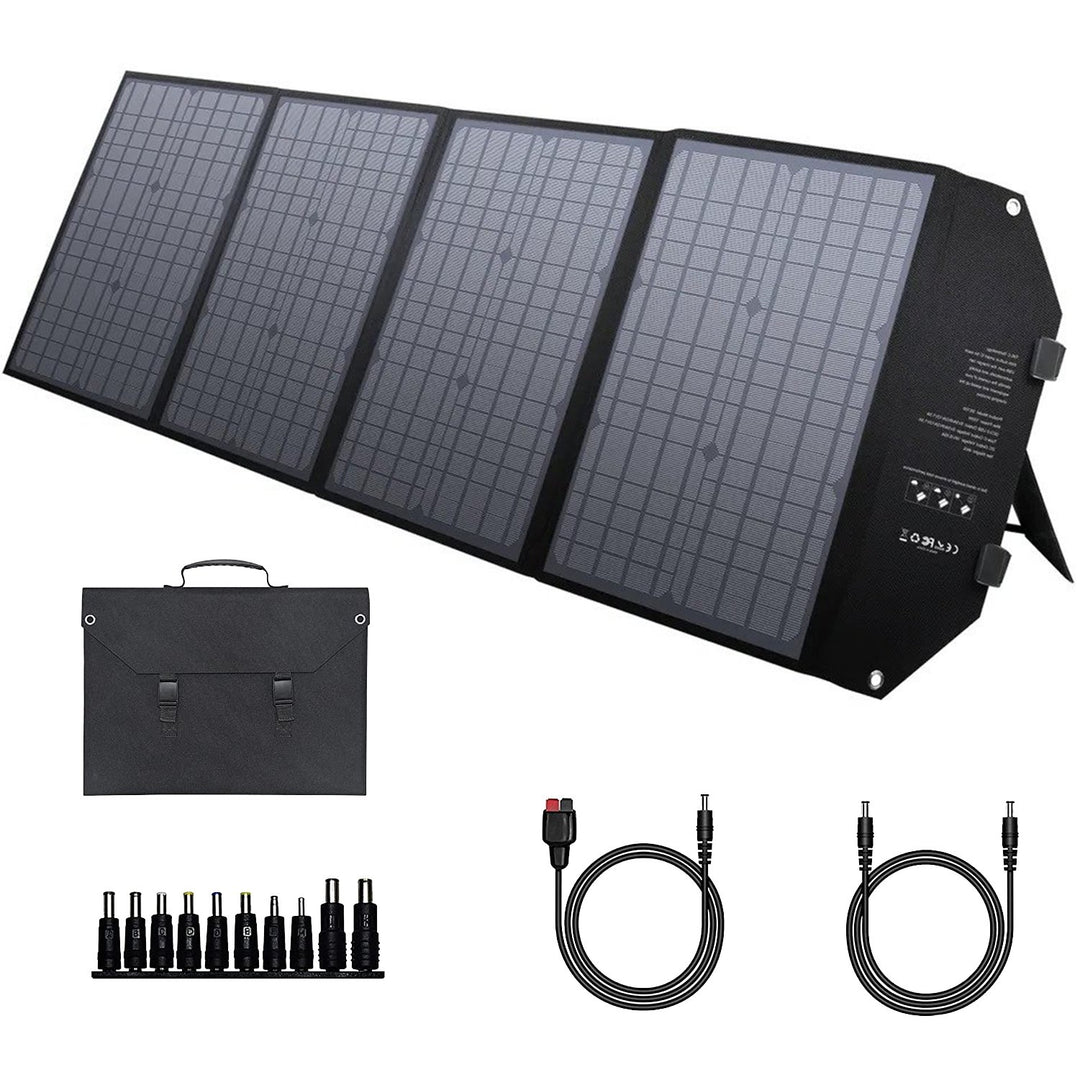
Leave a comment